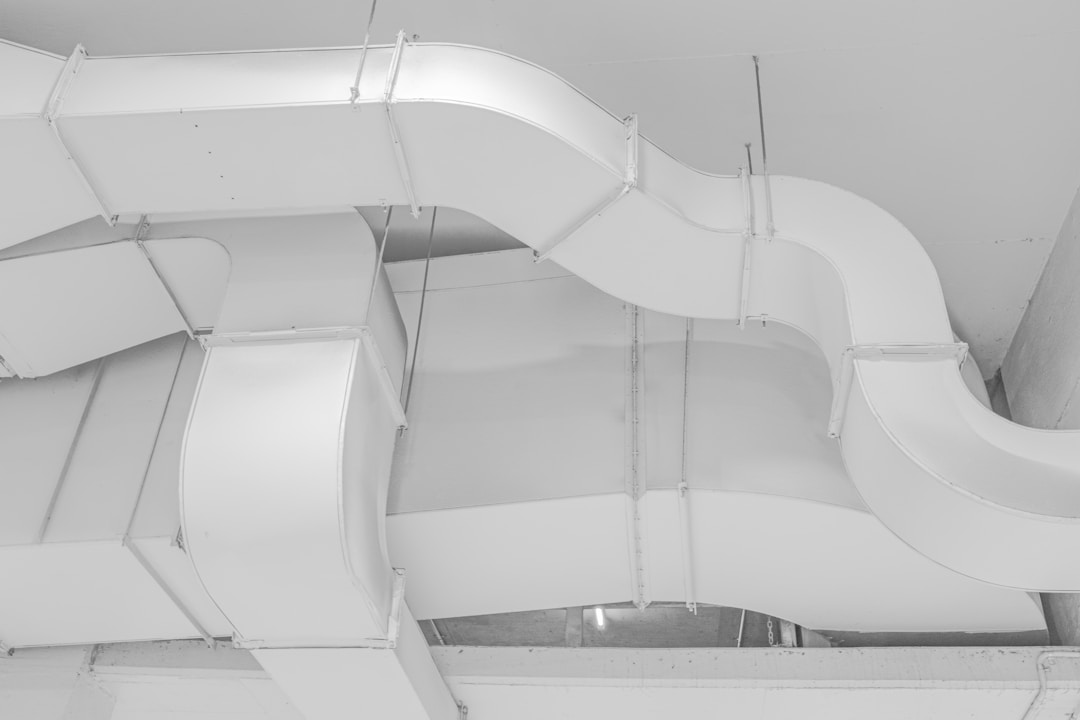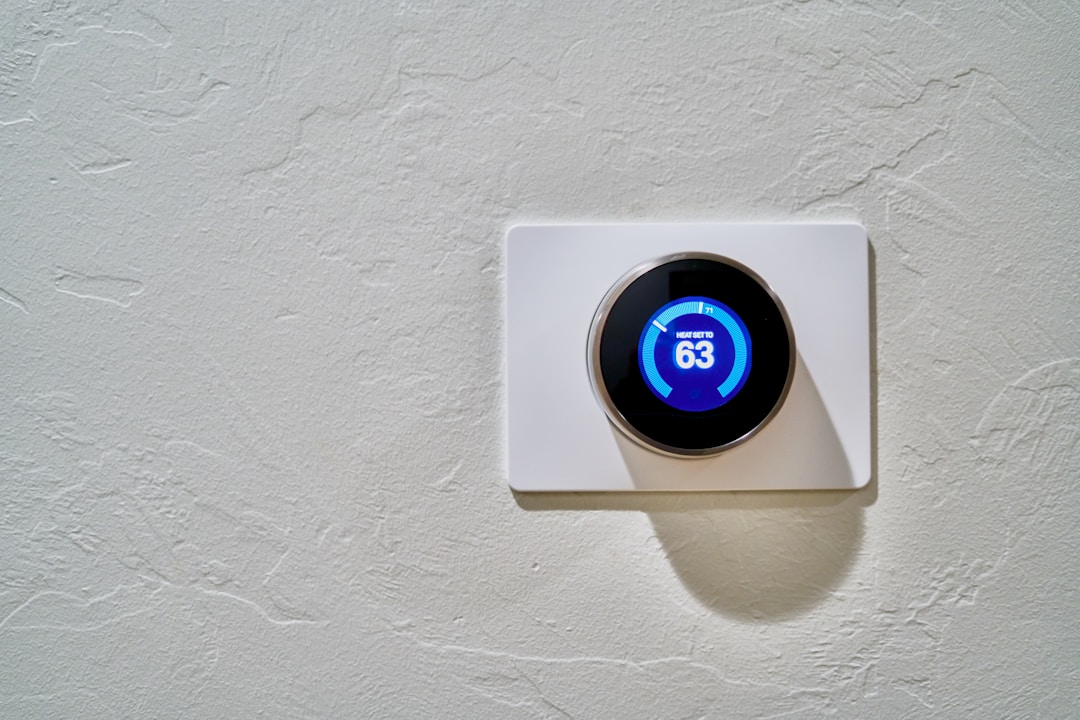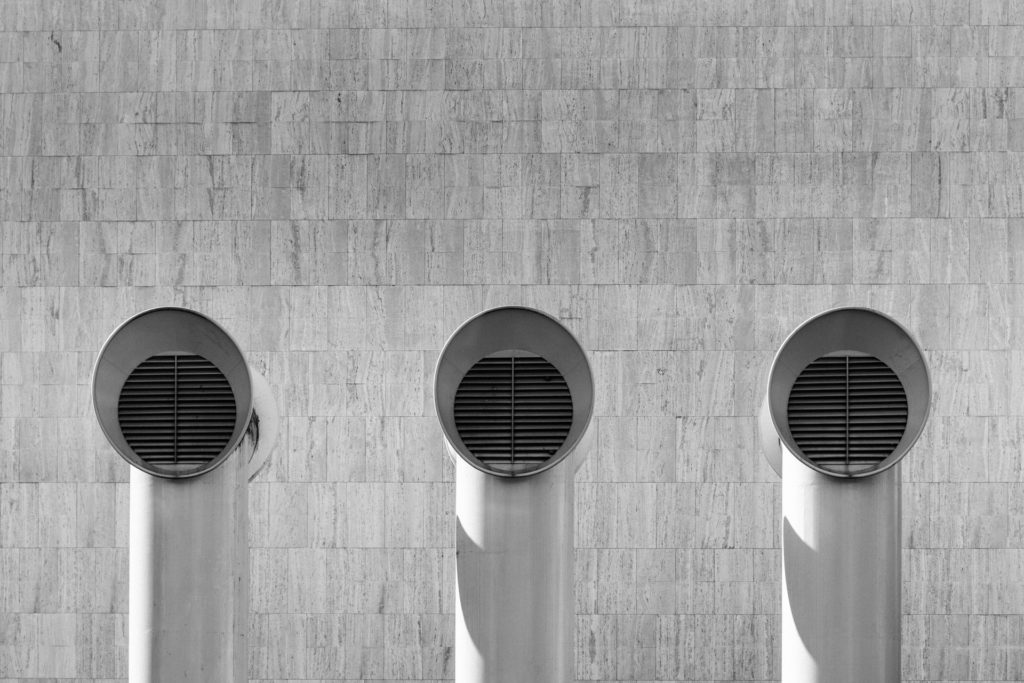For homeowners in the United States, monthly utility bills can be a major financial drain. Even if you and your family are cautious about energy consumption, your household still requires a fair share of power for basic operations. Depending upon the time of year, a home’s air conditioner and heating system can be among the largest energy costs.
No matter how many HVAC tips you follow, your older air system was initially designed to use a lot of energy. With that in mind, if you have a new home and modernized HVAC, there’s a good chance that model was specifically designed for a smaller carbon footprint, meaning less energy consumption. In older homes, however, only a homeowner’s diligence can keep monthly energy bills low. Here, we will look at 5 common HVAC design mistakes that lead to energy waste and what you can do to work around them.
1. Ductwork and New Systems

The most recognizable feature of a traditional HVAC unit is its ventilation system, which includes sophisticated ductwork and vents for circulating air throughout the household. For homeowners who need to replace either their air conditioner or heating system, the vent network can be beneficial in that most new units can use the old ducts. However, as far as design goes, older ductwork systems are notorious for possible airflow leaks and wear and tear. Among the most important HVAC tips for your home is to keep your ducts and air vents as clean as possible for consistent cold airflow.
Additionally, all ventilation systems use air filters to remove dust, debris, mold, and other allergens from the air. Unfortunately, filters clog quickly and easily, lowering the home’s indoor air quality and raising the monthly utility bills. As far as technology goes, the idea that a dirty filter can do so much damage to a home’s quality of air, financial costs, and HVAC unit itself, speaks volumes about the need for a more modern solution. While installed a new filter every two months solves the blockage, only a modern HVAC, such as a ductless mini-split heat pump, eliminates all those potential issues at once.
2. Thermostat Compatibility
Even if you invest in a state-of-the-art, modern HVAC unit, there are chances that your home’s existing thermostat may not be compatible. In the new digital age, such innovations as the programmable thermostat or “smart thermostat” have become incredibly enticing to those families looking to control the household’s temperature with their mobile devices. A design flaw in either thermostat technology or HVAC technology, it’s up to the homeowner to ensure all units are compatible.
3. The 2-Unit Air System
Until the last decade, all homes equipped with an air system required two separate machines to provide comfort to the occupants: an air conditioner for the summer months and a heating unit for the winter. By requiring dual units, all household ductwork and ventilation would get an equal amount of year-round use, adding to infrastructural wear and tear and double the energy use and financial cost. As mentioned above, a modern heat pump is truly innovative in its design, requiring a single unit to act as both the HVAC system and heater. For both energy and financial savings, a heat pump may be a good idea.
4. Not-So-Smart Air Systems

Most air systems lack the ability to notify users when their energy consumption is running high. This design flaw can become a major problem for homeowners who use their HVAC unit or heater with a lot of frequency. While smart thermostats can intuitively raise or lower the temperature to save on energy, air systems units themselves cannot. In effect, many families have no idea just how much energy they’ve burned through until the utility bill arrives.
5. HVAC Design and Energy Efficiency
To sum it up, the largest major design flaw in both traditional air conditioners and heating systems is their dependency on copious amounts of energy to work. With so many environmentally conscious homeowners looking to shrink their home’s carbon footprint while also lowering their energy costs, HVAC companies need to introduce new “green” cooling and heating solutions. Until that issue is solved, the best way for families to keep energy efficiency in mind is to use less electricity and attempt consistency with thermostat adjustments.

